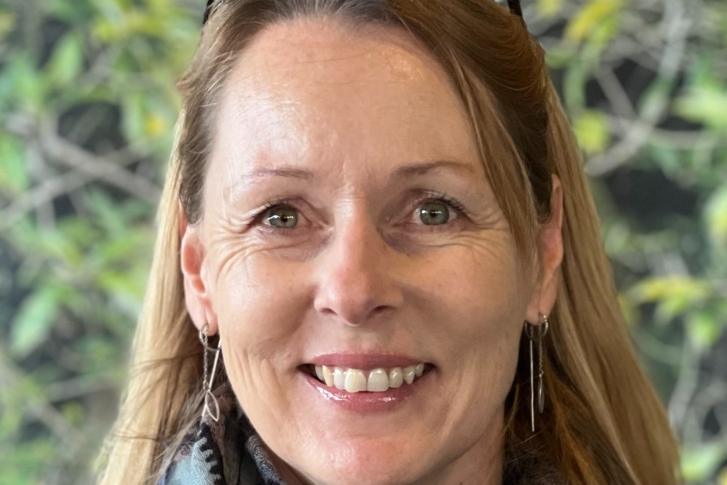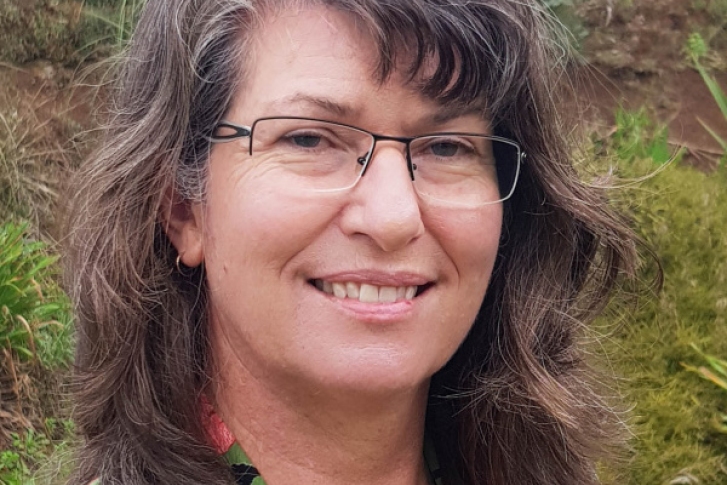Frequently asked questions and answers
What is ‘bottom lining’ control of aquatic weeds?
Bottom lining is the installation of a flexible covering over the top of beds of aquatic weeds, similar to using weed matting in home gardens. The lining is held in place by weights (e.g., rocks or sandbags) or by pinning. This control method is also called ‘benthic barriers’.
How does bottom lining work?
Successful bottom lining results in the shading and smothering of aquatic weeds because they cannot get sufficient light to survive or grow. Bottom lining can also prevent the establishment of new weed fragments by creating a barrier to the sediment, preventing weed fragments from establishing on the substrate they need for growth.
What is the lining made from?
Different materials can be used including synthetic (e.g., polythene or fibreglass) and natural products (e.g., jute hessian). Jute hessian (carpet backing) has been used most extensively in Aotearoa New Zealand.
When should bottom lining be used?
Bottom lining is suitable for containing and killing small weed patches at an early stage of invasion. It is also useful to control areas of weed bed close to boat sheds, ramps or jetties to reduce nuisance to lake users (but also see when should bottom lining not be used, below). Jute hessian has been used successfully to systematically remove weed beds along kilometres of waterbody shoreline (progressive containment), where it is possible with effective surveillance and hand removal of weed, to prevent re-invasion.
When should bottom lining not be used?
This control method is not suitable for large areas of weed, where the treatment (laying of the benthic barrier) will not keep pace with the weed invasion (i.e., encroachment and re-establishment). The use of bottom lining in shallow water areas can lead to damage by boat propellers and anchors. In these situations buoys and signs should also be used to warn waterbody users. Installation of bottom lining is difficult over substrates that prevent secure attachment of the lining to the substrate (e.g., very tall weed beds, steep unstable slopes, very soft or very hard bottom). Uneven contours and outcrops of rocks or submerged trees also prevent the effective laying of bottom lining and may damage the bottom lining material. Dislodgement may occur in high current/wave energy environments. Bottom lining also has limited effectiveness where large amounts of sediment may accumulate on top.
Why use jute hessian?
The main advantage of hessian is that it is biodegradable, and does not require removal after use.
The open weave of hessian material is also an advantage, as it allows sediment gases to escape, small insects to migrate between the sediments and water column, and native plants to grow through.
What is needed for successful control using hessian?
In order for hessian bottom lining to be a successful control method, weeds need to die before the hessian begins to break down. Therefore, a heavy grade of hessian is required (e.g., ≥610 g m-2). The hessian needs to be laid taut and flat over the weed beds, and individual lengths of hessian need to overlap by >0.5 m and be well secured to the bed of the waterbody by pinning. Weeds are usually killed within 4 to 5 months and the hessian starts to break down within 10 to 18 months.
Download
Bottom lining for the control of submerged lake weeds FAQs (PDF 4MB)







